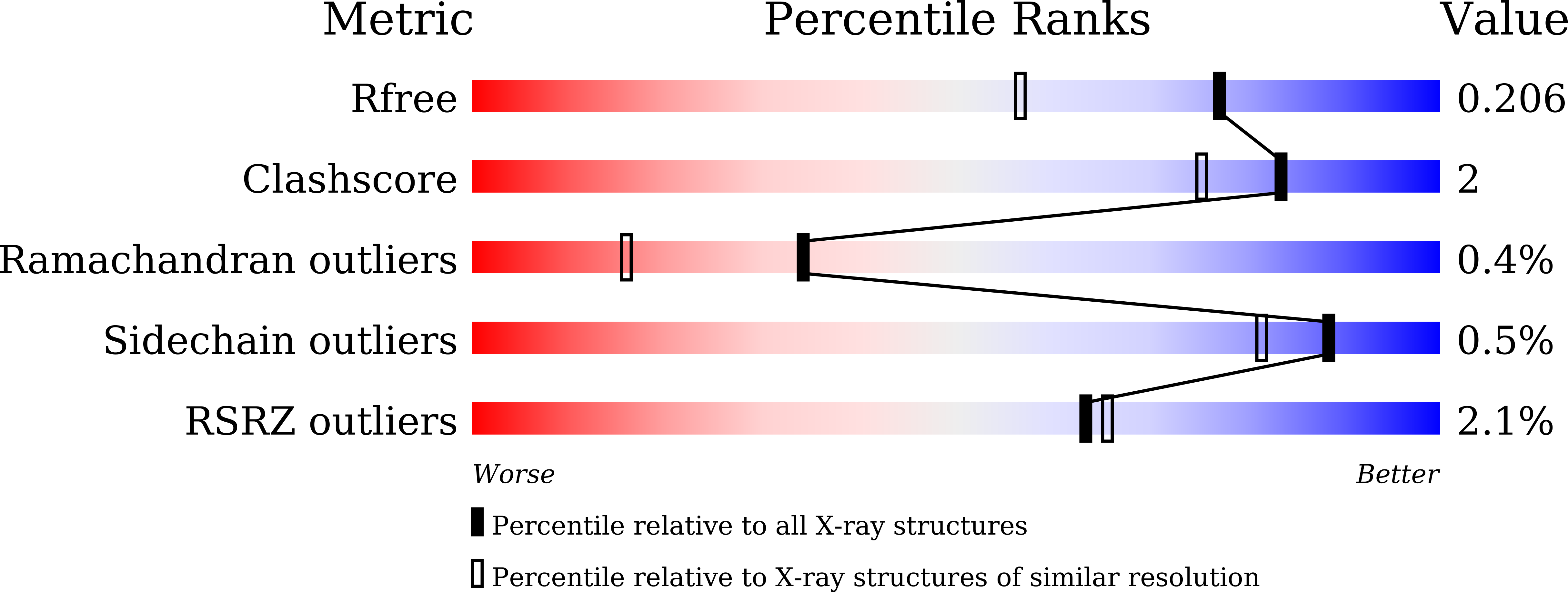
Deposition Date
2022-04-21
Release Date
2023-05-31
Last Version Date
2024-10-16
Entry Detail
PDB ID:
7XLD
Keywords:
Title:
Crystal structure of IsdH linker-NEAT3 bound to a nanobody (VHH)
Biological Source:
Source Organism:
Staphylococcus aureus subsp. aureus Mu50 (Taxon ID: 158878)
Lama glama (Taxon ID: 9844)
Lama glama (Taxon ID: 9844)
Host Organism:
Method Details:
Experimental Method:
Resolution:
1.65 Å
R-Value Free:
0.19
R-Value Work:
0.14
R-Value Observed:
0.14
Space Group:
P 1 21 1


